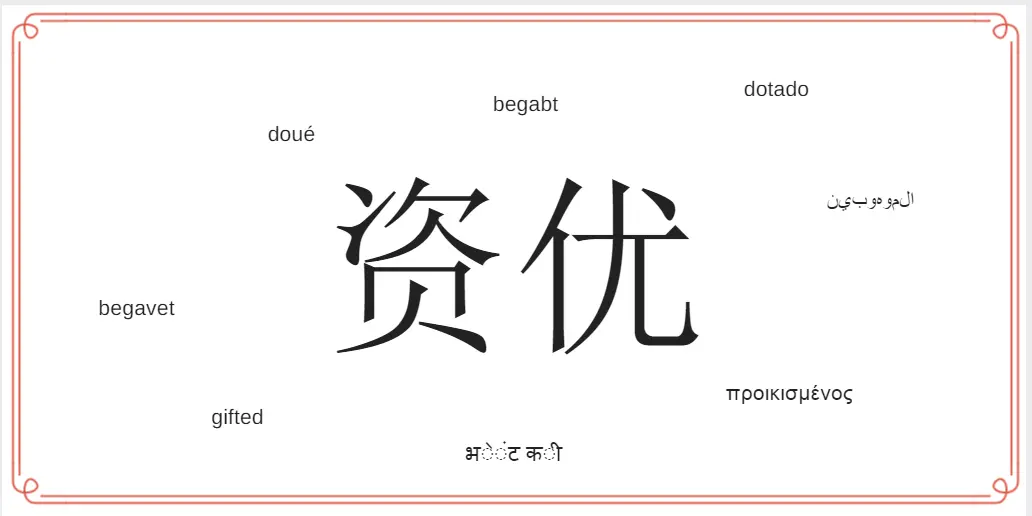By Qiao Li
One of the first assignments I received upon joining the IEA staff was to provide a Chinese translation for our program flyers. Being a native speaker, naturally I thought it wouldn’t take more than a few hours, but when I started looking on the Chinese search engine, Baidu, I realized I had underestimated the challenge.
One of the top results was “genius education,” which I hesitated to transcribe. Digging further, I found that few scholarly writings in Chinese focused on the needs of gifted education.
Stumbling upon a blogger’s post, the writer devoted the entire post to praise the special characteristics of giftedness: gifted students have impressive memory, savvy sense of humor, and unbounded intellectual energy; they are naturally mature, creative, compassionate, and empathetic. They kind of sound like… geniuses.
While all of these qualities are true for some gifted kids, it is not true for all. It is also alarming that there is a void in information when it comes to the needs of gifted youth.
Emotions are the heart and soul of a gifted child. The intellectual, emotional, social, spiritual, and physical aspects of the child make up the well-being of the whole child and lead to a balanced life.
When it comes to development, one characteristic to describe gifted children is asynchronous, or uneven. While their minds are often ahead of their physical growth, their cognitive and social-emotional functions can develop at different paces.
To further debunk myths, gifted children are not always high achieving. While they have deep intellectual capacity, learning repetitive material and being forced to learn at others’ paces will quickly burn out their passion to learn.
Gifted students also possess high emotional intensity. They feel deeply about the environment around them, but when they are teased by peers for not fitting in because they are “nerds,” or punished by teachers for disrupting the class because they already know the material, many of them will internalize the feelings and shut down their social interactions.
Perhaps the positive stereotypes associated with gifted and talented youth overshadow the needs of these children, and as a result, they receive very little support. According to the National Association for Gifted Children (NAGC), there are more than 3.2 million gifted students in America’s public elementary and secondary schools , yet there are no federal mandates to support gifted education.
On the state level, fourteen states currently allocate no funding to gifted education. Out of the states that do provide funding, most of them only provide identification services, not curriculum-wide support[1].
Being gifted is a not a choice, but the lives of gifted children will be affected by the choices we make. We owe it to these kids to give them an environment in which to thrive and reach their fullest potential. Giftedness should be understood, nurtured, and maximized. They too are kids, and they too need support – in any language.
Like this post? Sign up for our email newsletter to receive more information and resources about gifted youth delivered straight to your inbox.
Reference

